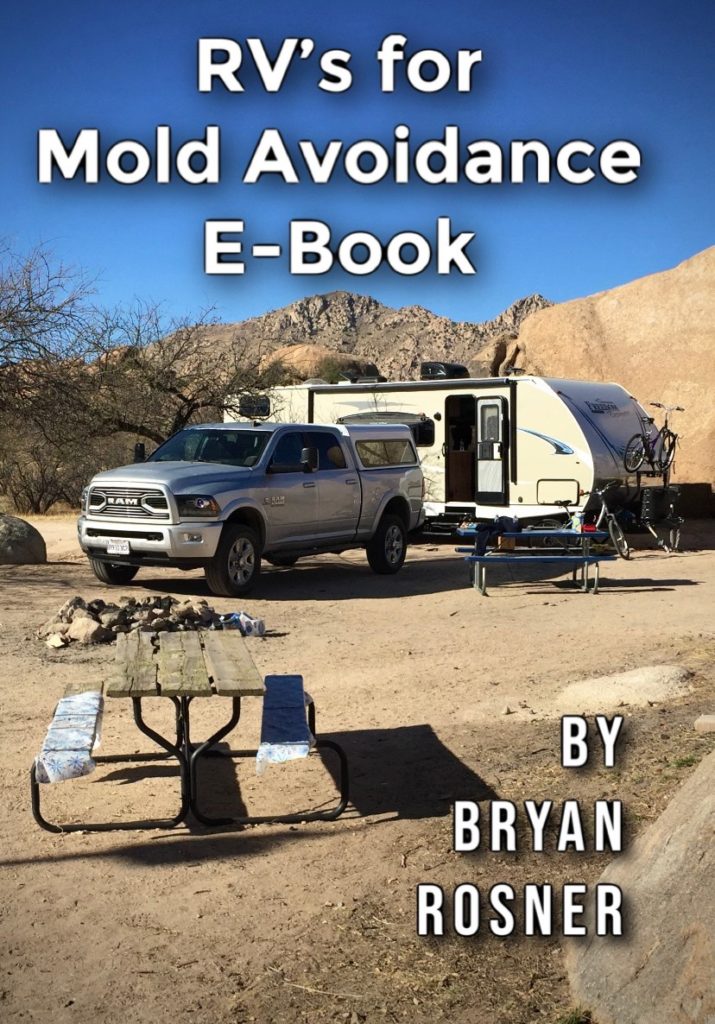“Without exercise, it is impossible to recover from Lyme disease.”
– Dr. Joseph Burrascano, MD
(note that Dr. Burrascano only advocates mild, gentle, infrequent exercise)
This is Part 3 of a 3-part series on exercise strategy and importance in recovery from Lyme disease. This is a topic I’m very passionate about. I encourage you not to skip these blog posts, even if you are tired, frustrated, and not quite sure how exercise fits into your recovery plan.
Warning: Not everyone with chronic illness is healthy enough to exercise. Consult a physician before beginning any new diet or exercise program. The author of this article is a layperson sharing his own experiences, he is not a professional, doctor, physical therapist, or personal trainer.
••••••••••
Strategy #5: Incorporate HIIT (High Intensity Interval Training)
HIIT is great news for Lyme disease sufferers. Most people recovering from chronic disease just don’t have the ability to do extended periods of cardiovascular exercise. Running a marathon, or even 5 miles, is often out of the question.
Exciting new research (there’s a lot of research but here’s an example) has demonstrated that short bursts of high intensity exercise can be more beneficial than extended, moderate exercise. This benefit is specifically seen when measuring release of growth hormone in people after either long, moderate exercise or short bursts of intense exercise. Researchers found that the highest level of growth hormone release occurred in the groups doing short bursts of high intensity.
Growth hormone is important as we age, but even more important as we recover from chronic disease. It stimulates the repair of tissue, the growth of new muscle, and many other rejuvenating processes. Some researchers have called growth hormone the “fountain of youth.”
There are many ways to accomplish HIIT. I live in a two-story house, and sometimes I run up and down the stairs as fast as I can until I’m totally exhausted (Usually about 3-7 minutes). Burpees and jumping jacks can work, as can jump rope, sprints, hiking steep hills, cycling aggressively, and many other exercises.
Be especially careful with HIIT. Due to the nature of most high intensity exercise, much stress is put on joints and connective tissue, so risk of injury is high. Also, some people with chronic disease should avoid the elevated heart rate involved in HIIT. Consult your physician before any new exercise is begun.
For me personally, reading the research on HIIT was hugely encouraging. While I consider myself pretty healthy, my body doesn’t much like extremely long cardio sessions. I had always thought I was missing out on something by doing shorter workouts. With HIIT, I now know that I’m accomplishing a lot of good in a short period of time!
There’s a hike right across from my house. It is a very steep mountain with two huge boulders at the top which punctuate a fantastic, 360 degree view of the surroundings. I love this hike, and do it 2-3 times per week in the summertime. It is a 3 mile roundtrip, and there’s about 1200’ vertical gain in the hike. It’s not for the faint of heart – it is a steep, aggressive, serious hike. But notice that it isn’t a 10 mile hike, or an all-day event. It takes me about an hour, round trip, when I’m going all-out. This is one of my favorite workouts.
Strategy #6: Resistance training is your friend
Since childhood we’ve been taught that being in shape means cardio exercise. We’ve seen body builders as vane, and extra muscle as more for appearance than health.
This thinking has been proven wrong by new research. In fact, muscle mass is hugely important for health – for hormone optimization, weight maintenance, injury avoidance, and even extending lifespan.
Therefore, make sure your fitness program includes weight training. Lifting heavier weights, with fewer reps, is especially beneficial. As usual, be sure to avoid injury and check with your physician first.
If you don’t have access to a gym, there are many “bodyweight” exercises which provide roughly the same benefits as using weight lifting equipment. Pushups are one example in which you use your bodyweight as the resistance. My wife takes a workout class where they do literally dozens of different kinds of bodyweight exercises. You can find books, YouTube videos, and other resources to learn bodyweight exercises.
Resistance training can be especially helpful for people with adrenal fatigue, as it doesn’t tax the adrenals nearly as much as cardiovascular exercise. When I was on the long road to recovery from adrenal fatigue (you can read my story in Chapter 5 of Freedom From Lyme Disease), I was so grateful for resistance training, as it allowed me to stay in shape, stay strong, and feel normal, even when I could tolerate very little cardio (read a free chapter on Adrenal Fatigue from Connie Strasheim’s book, Beyond Lyme Disease).
Conclusion:
Exercise is important for everyone. But it is especially important for people recovering from Lyme disease. One famous Lyme doctor who has treated more than 10,000 patients made the statement, “it is impossible to recover from Lyme disease without exercise.” Exercise helps Lyme sufferers keep their hormones optimized, detoxify their bodies, and maintain a healthy weight. It also helps us keep our connective tissue strong and flexible, which is especially important given the damage Lyme causes to our joints. The risks of not exercising far outweigh the risks of exercising, over the long term.
In my previous books, I haven’t provided much information on my exercise philosophy, so I hope this article has been helpful to you. The article is intended to set out some of the basics I’ve learned about staying fit while recovering from Lyme disease. The article is by no a complete treatment of the topic. I’ll provide ongoing updates to this topic in the form of new posts to the Anti-Lyme Journal.
Please provide your comments and feedback below in the comments section.
This is Part 3 of a 3-part series on exercise strategy and importance in recovery from Lyme disease. This is a topic I’m very passionate about. I encourage you not to skip these blog posts, even if you are tired, frustrated, and not quite sure how exercise fits into your recovery plan.


You must log in to post a comment. Log in now.